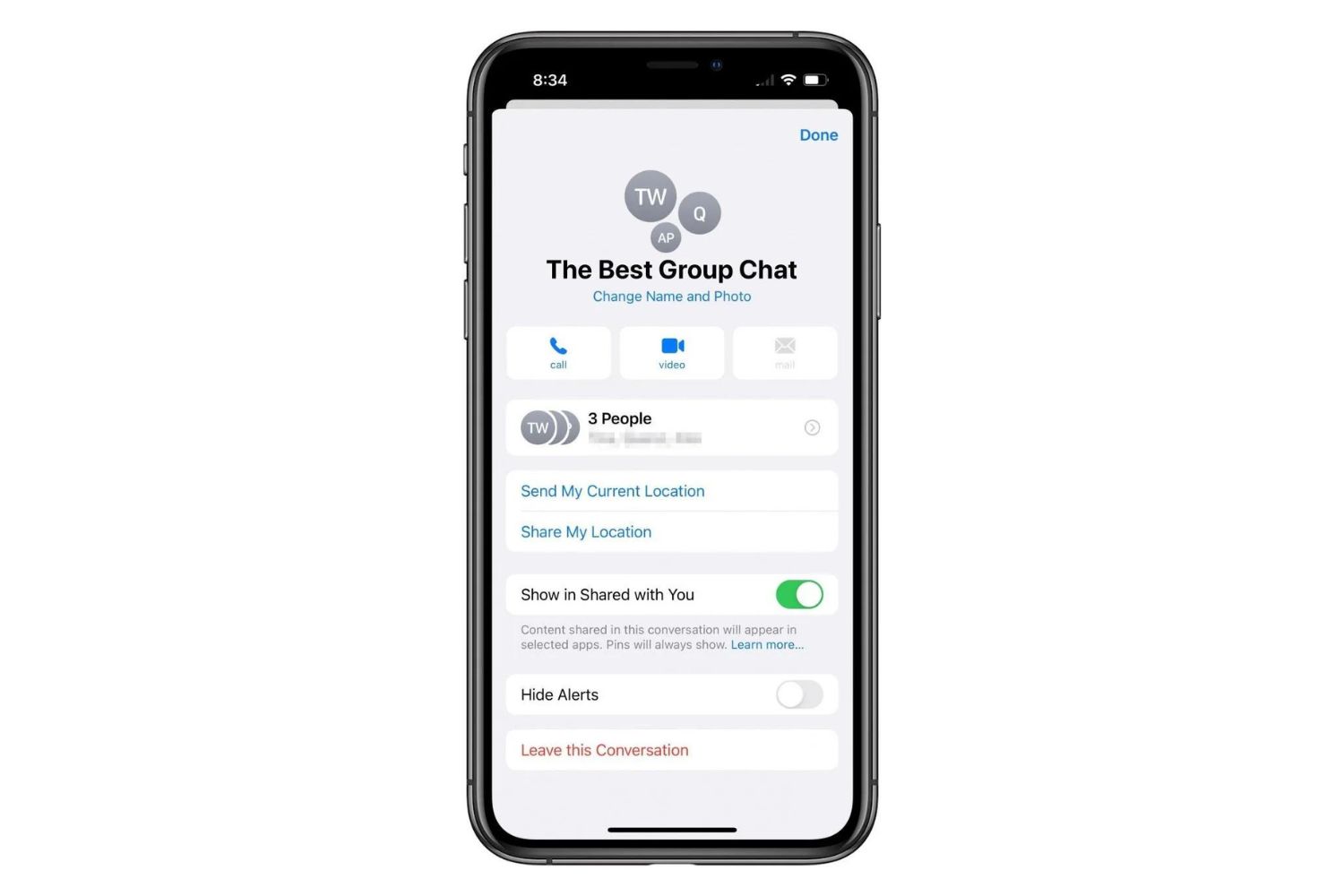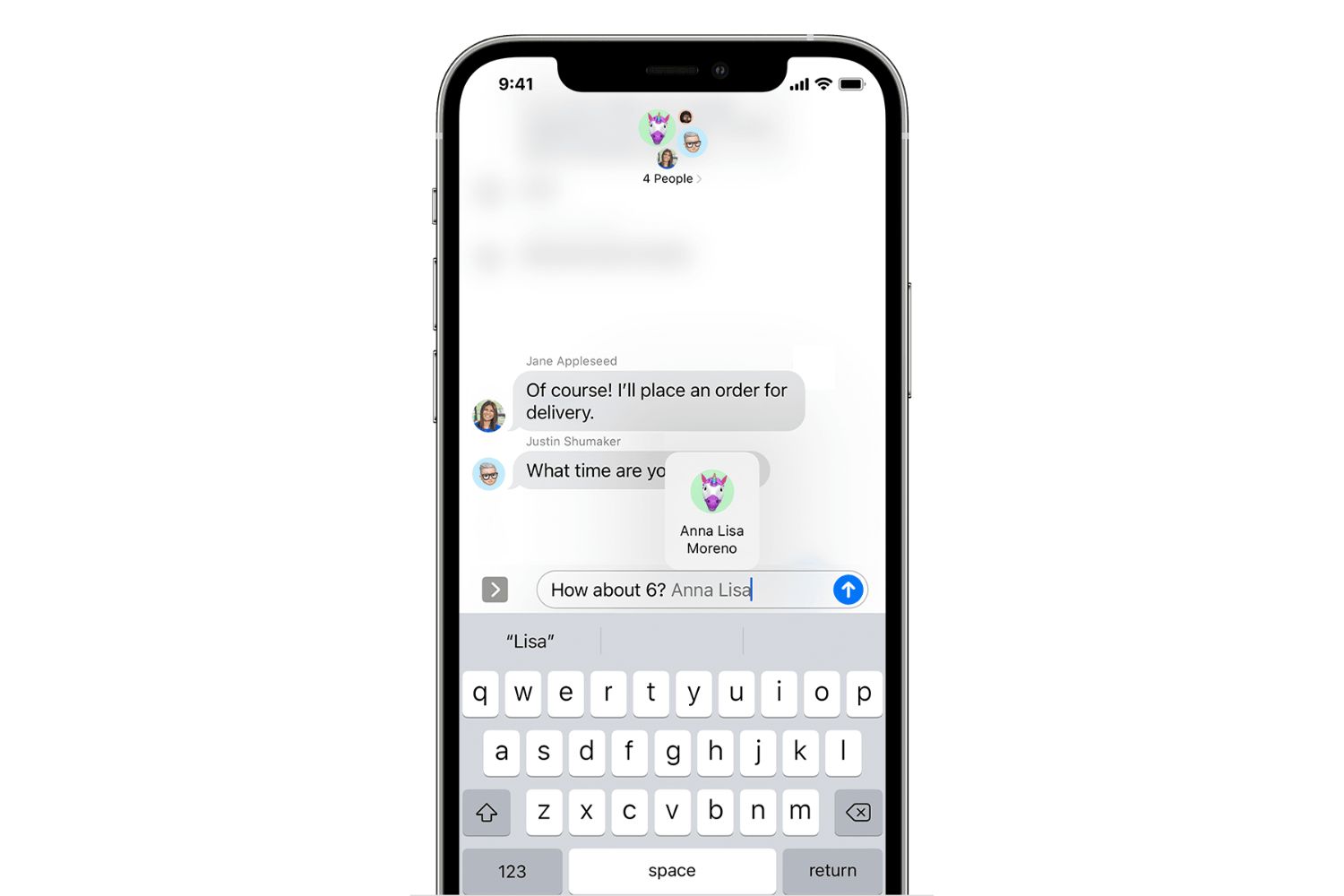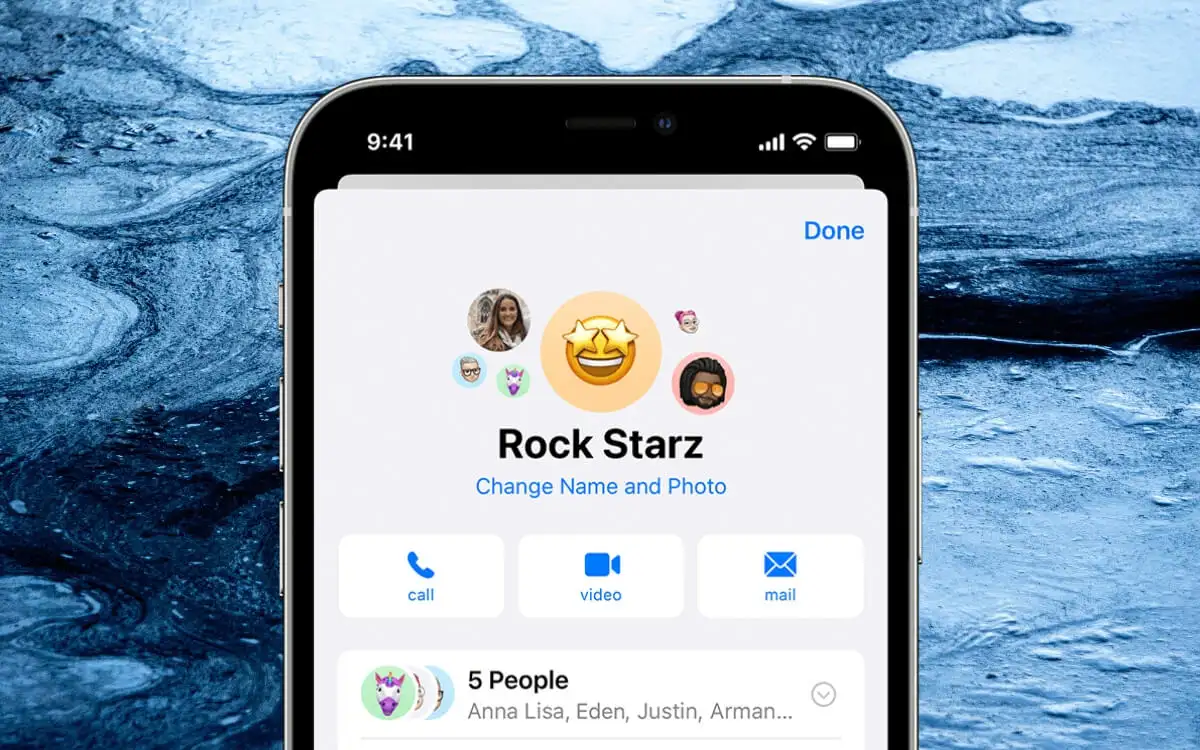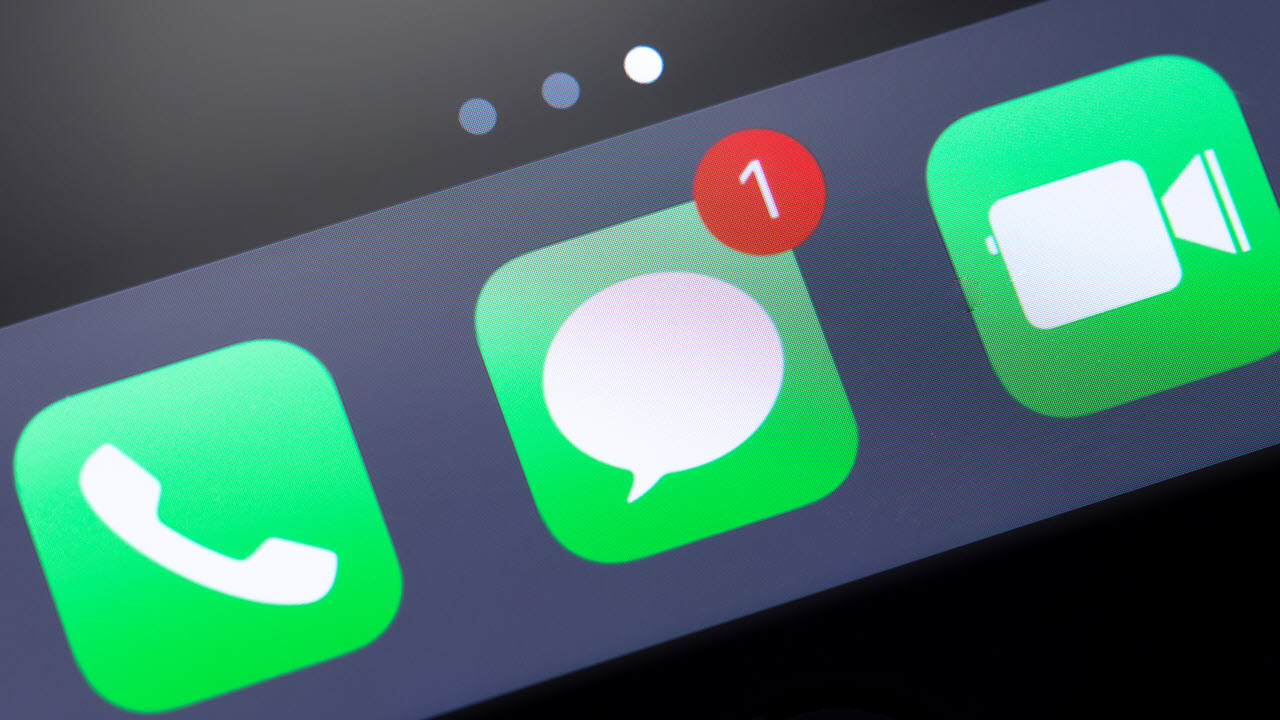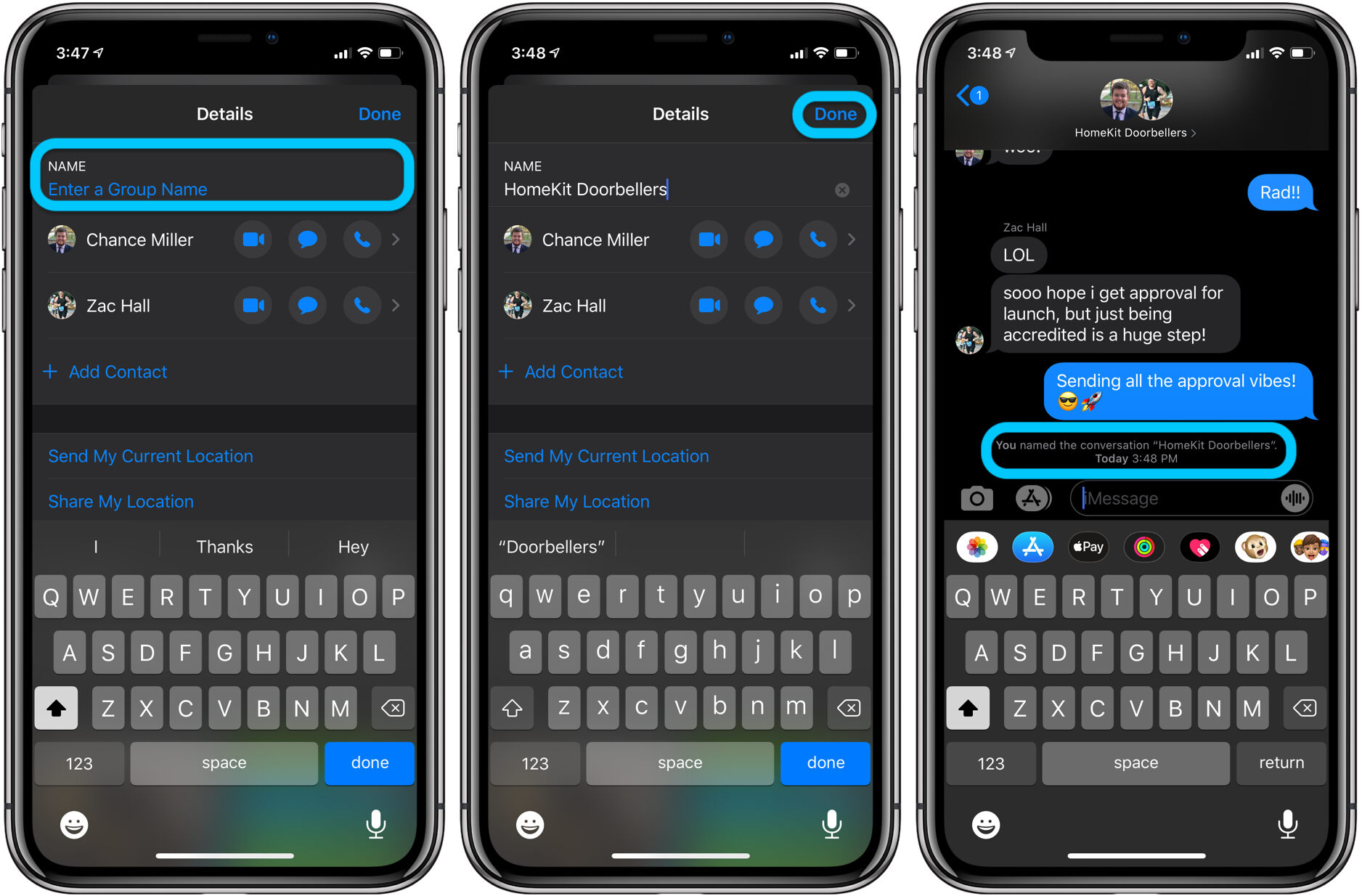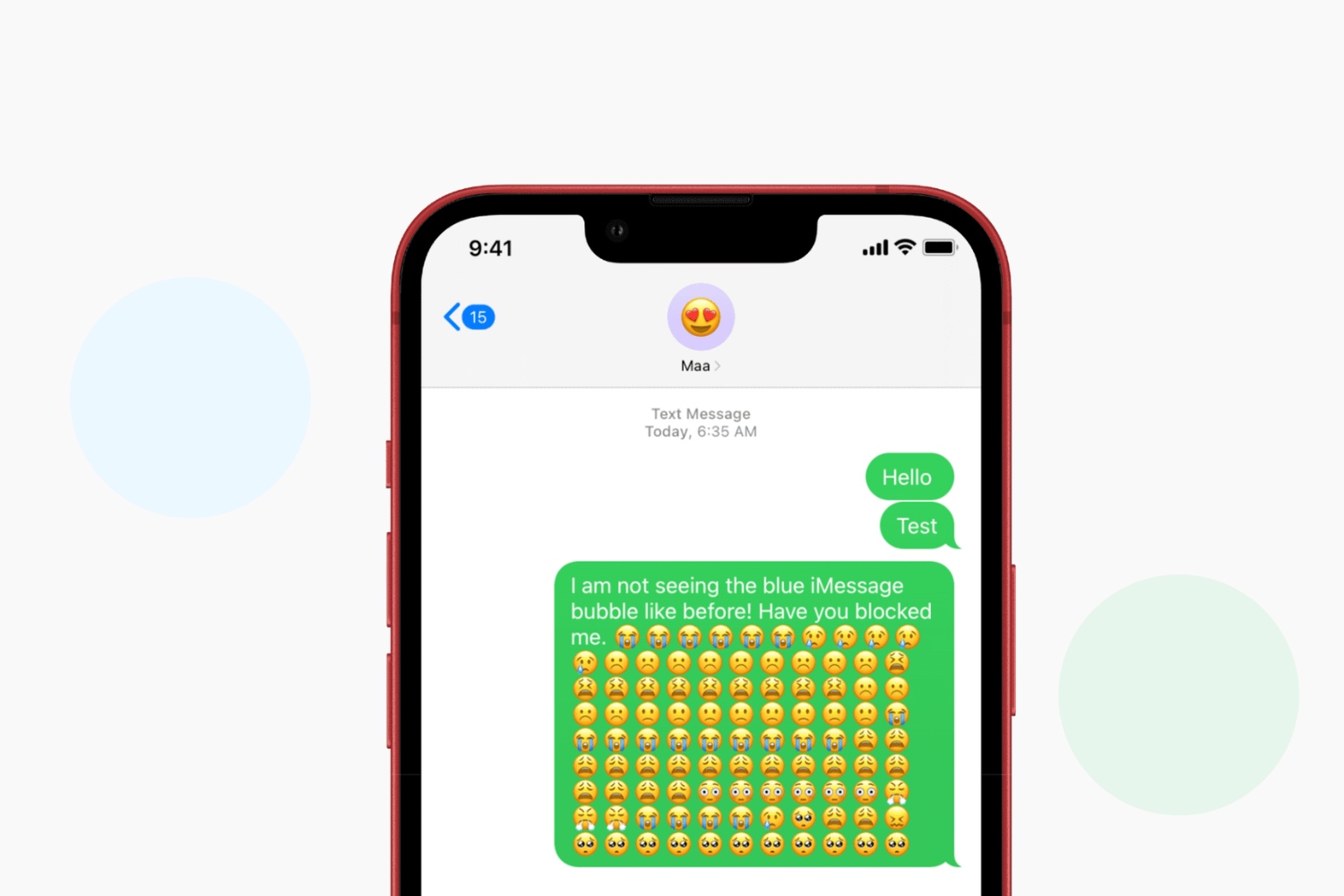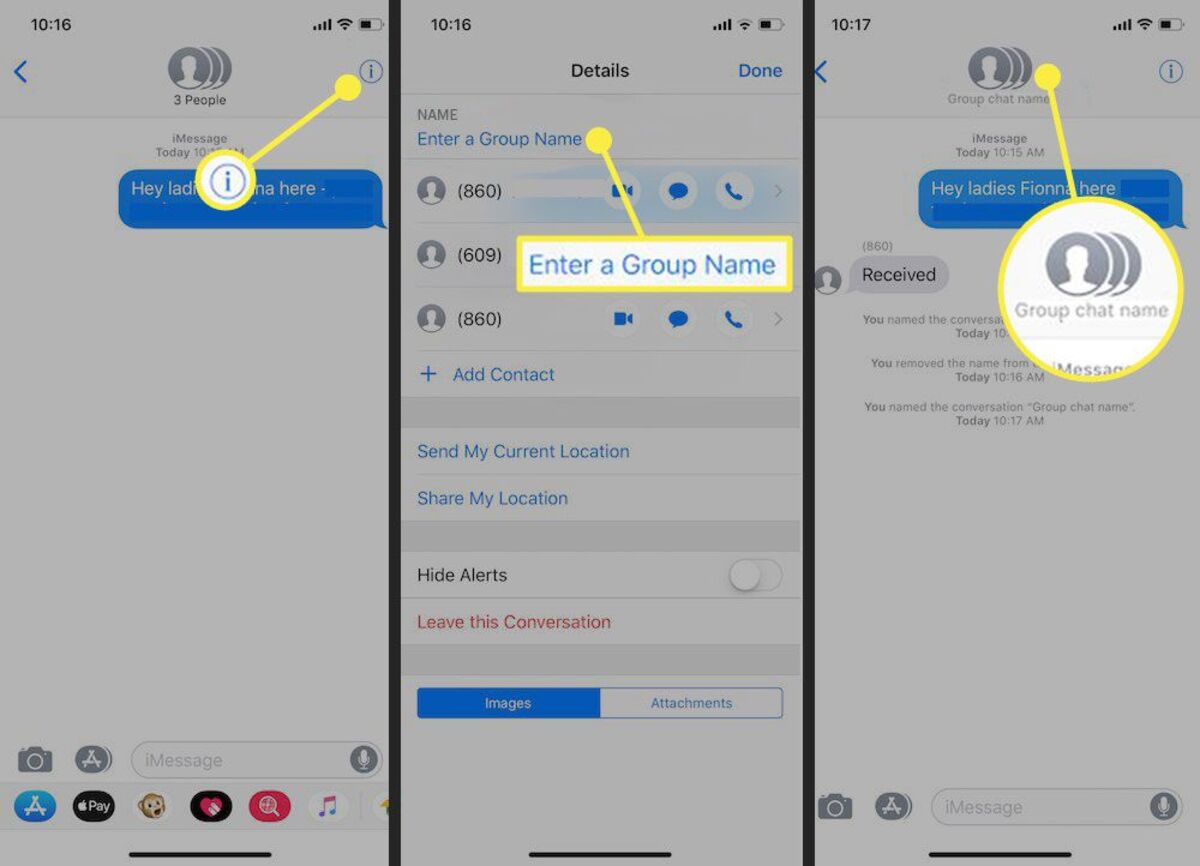Introduction
The advent of mobile technology has revolutionized the way we communicate with one another. With the rise of smartphones, messaging apps have become an indispensable part of our daily lives. Apple’s iMessage, in particular, has gained immense popularity among iPhone users for its seamless integration and innovative features.
One of the most useful features of iMessage is the ability to create group chats, allowing multiple people to communicate and share information in a single conversation. However, have you ever wondered how many people can be in an iMessage group chat?
Well, in this article, we will explore the limitations and factors that affect the number of people in an iMessage group chat. Additionally, we will discuss the technical limitations of iMessage group chats, provide tips for managing large group chats, and explore alternative messaging platforms for those with larger communication needs.
So, if you’re curious about the capabilities and limitations of iMessage group chats, and if you often find yourself wondering about the optimal number of participants, read on to discover all you need to know about iMessage group chats.
iMessage Group Chat Limit
When it comes to the number of participants allowed in an iMessage group chat, Apple has set a limit of 32 individuals. This means that you can add up to 32 contacts to a group chat, including yourself.
The iMessage group chat limit of 32 participants is designed to ensure smooth and efficient communication. Beyond this number, the performance of the group chat may be compromised, with potential issues like lag, delayed messages, and difficulties in synchronization.
This limit may seem sufficient for most situations, as it allows for effective coordination and collaboration among a sizable group of people. Whether you’re planning a social gathering, organizing a team project, or simply catching up with a group of friends, the 32-person limit can accommodate a wide range of communication needs.
However, it is important to keep in mind that the larger the group chat, the more challenging it becomes to manage and keep conversations organized. As the number of participants increases, the likelihood of missed messages or conversations becoming chaotic also rises.
Furthermore, it’s worth noting that the iMessage group chat limit applies specifically to iMessage users. If any participant in the group chat does not have an iPhone or an Apple device, they will be considered as individual SMS or MMS recipients. This means that the maximum number of non-iMessage recipients in a group chat is limited to 10 participants.
Overall, the iMessage group chat limit of 32 participants provides a balance between usability and performance. It offers enough capacity to accommodate most group communication scenarios while ensuring a smooth and efficient messaging experience. However, it’s important to keep the limitations and challenges of managing larger group chats in mind to ensure effective communication within the group.
Factors that Affect the Number of People in an iMessage Group Chat
The number of people that can effectively participate in an iMessage group chat is influenced by various factors. Understanding these factors can help you determine the optimal size for your group chat and ensure smooth communication. Here are some key factors to consider:
- Device Compatibility: All participants in an iMessage group chat must have Apple devices that support iMessage. This means that if even one member of the group chat is using a non-Apple device, their messages will be sent as individual SMS or MMS messages, limiting the total number of participants to 10.
- Network Connectivity: The quality and stability of the network connection can impact the performance of the group chat. Poor internet connectivity or weak cellular signals can result in delayed messages or message delivery issues, especially in larger group chats with multiple participants.
- Message Volume: The frequency and volume of messages exchanged in the group chat can affect its overall performance. In a larger group chat with a high volume of messages, it’s important to consider the potential impact on the responsiveness and readability of the conversation.
- Participant Engagement: The active participation and engagement of group chat members play a role in the overall dynamics and effectiveness of the conversation. In larger group chats, it may be more challenging to ensure everyone actively contributes and follows the conversation, which can lead to misunderstandings or missed messages.
- Management and Organization: As the number of participants increases, managing and organizing the group chat becomes more important. Assigning moderators or establishing guidelines for conduct and content can help maintain a positive and focused conversation in larger group chats.
By considering these factors, you can determine the optimal number of participants for your iMessage group chat. Whether it’s a small team collaboration or a casual social gathering, balancing the size of the group chat with the capacity for effective communication is vital for a smooth and productive conversation.
Technical Limitations of iMessage Group Chats
While iMessage group chats offer a convenient way to communicate with multiple people simultaneously, they do have certain technical limitations to be aware of. Understanding these limitations can help you navigate potential issues and ensure a smooth messaging experience. Here are some key technical limitations of iMessage group chats:
- Performance: As the number of participants in a group chat increases, the performance of the chat may be affected. A larger group chat can experience lags, delays in message delivery, and synchronization issues, making it challenging for participants to have real-time conversations.
- Storage: Each message sent in an iMessage group chat takes up storage space on the devices of all participants. This means that if there are many images, videos, or multimedia files being shared in the group chat, it can quickly fill up device storage, especially for participants with limited storage capacity.
- Notifications: In a busy group chat with frequent messages, notifications can become overwhelming. Participants may receive constant alerts for incoming messages, disrupting their workflow or causing distractions. It is important to manage notification settings to ensure a seamless messaging experience.
- Backup and Restore: Group chats in iMessage are backed up along with other messages. However, restoring a backup may not always guarantee the complete restoration of the group chat history, especially if the backup was created during a time when participants left or joined the group chat.
- Data Usage: Sending and receiving messages in a group chat consumes data, especially when there are multimedia files involved. It is important to keep track of data usage, especially for participants with limited data plans, to avoid exceeding data limits or incurring additional charges.
Being aware of these technical limitations can help you make informed decisions when it comes to managing and participating in iMessage group chats. It’s important to strike a balance between maximizing the benefits of group communication and understanding the potential challenges that may arise due to these limitations.
Tips for Managing Large iMessage Group Chats
Large iMessage group chats can be dynamic and engaging, but they also come with their own set of challenges. To ensure effective communication and a smooth messaging experience, here are some helpful tips for managing large iMessage group chats:
- Establish Clear Communication Guidelines: Set clear guidelines for the purpose of the group chat, preferred communication style, and expected behavior. This will help participants understand the expectations and contribute meaningfully to the conversation.
- Assign Group Chat Moderators: In larger group chats, it can be helpful to assign moderators who can ensure that conversations stay on track and enforce the established guidelines. Moderators can also address any conflicts or issues that may arise within the group chat.
- Use @ Mentions: To ensure that important messages are noticed by specific participants, utilize the @ mention feature. It allows you to tag specific individuals in the group chat, ensuring they receive a notification for the message and increasing the chances of their active engagement.
- Organize Conversations with Threads: Use the threading feature in iMessage to organize conversations within the larger group chat. This makes it easier for participants to follow specific topics and keep the conversation organized, reducing the chances of missing important messages.
- Mute or Customize Notifications: If the group chat becomes too noisy or overwhelming, consider muting or customizing the notifications. Turning off or adjusting notification settings can help manage distractions and allow participants to focus on their individual tasks without constant interruptions.
- Avoid Repetitive Messages: Encourage participants to avoid sending repetitive messages or unnecessary replies. This helps keep the conversation concise and eliminates clutter in the group chat. Instead, use reactions or likes to acknowledge messages without adding to the message volume.
- Consider Time Zones: If the participants in the group chat are from different time zones, be mindful of the time differences when initiating conversations or scheduling events. This ensures that everyone has the opportunity to participate and avoids inconveniencing participants who may be in different time zones.
By implementing these tips, you can effectively manage and navigate through large iMessage group chats. In doing so, you can maintain a productive and enjoyable communication experience for all participants involved.
Alternative Group Messaging Platforms
While iMessage is a popular choice for group messaging among Apple users, there are alternative platforms available that offer different features and capabilities. These platforms can be especially useful for larger group chats or for users who do not have access to iMessage. Here are some alternative group messaging platforms worth considering:
- WhatsApp: WhatsApp is a widely used messaging platform that supports group chats with up to 256 participants. It offers end-to-end encryption, multimedia file sharing, and features like voice and video calling, making it a robust alternative for large group communication.
- Telegram: Telegram is known for its security features and supports group chats with up to 200,000 members. It offers features like message editing, self-destructing messages, and file sharing, making it a popular choice for large-scale group communication.
- Slack: While primarily designed for team collaboration, Slack can be a great choice for large group chats. It offers advanced features like channels, threaded conversations, and integrations with various productivity tools, making it ideal for organizing and managing conversations in a professional setting.
- Facebook Messenger: Facebook Messenger supports group chats with up to 250 participants and offers a wide range of features, including multimedia sharing, voice and video calling, and playful stickers. It is a convenient option for those who are already active on the Facebook platform.
- Discord: Originally designed for gamers, Discord has evolved into a versatile communication platform. It supports large group chats, voice and video calls, and offers features like customizable roles and permissions, making it popular for communities and interest-based group conversations.
These are just a few examples of alternative group messaging platforms available. Depending on your specific needs, preferences, and the size of your group chat, exploring these options can provide you with additional features and flexibility in communicating with a larger group of people.
Conclusion
Group chats have become an essential part of our communication repertoire, allowing us to connect and collaborate with multiple individuals at once. When it comes to iMessage group chats, Apple has set a limit of 32 participants, maintaining a balance between usability and performance. However, this limit may be further reduced if non-iMessage users are part of the conversation.
Understanding the factors that affect the number of people in an iMessage group chat, such as device compatibility, network connectivity, and message volume, can help you determine the optimal size for effective communication. It is also important to be aware of the technical limitations of iMessage group chats, including performance issues, storage considerations, and data usage.
For managing larger iMessage group chats, implementing certain strategies can enhance the experience for all participants. Establishing clear communication guidelines, assigning moderators, utilizing @ mentions, and organizing conversations with threads can help maintain focus and organization. It is also beneficial to customize notifications, avoid repetitive messages, and consider participants’ time zones.
If iMessage’s limitations or features are not sufficient for your group chat requirements, exploring alternative group messaging platforms like WhatsApp, Telegram, Slack, Facebook Messenger, or Discord can provide additional features and flexibility for large-scale group communication.
In summary, iMessage group chats offer a convenient way to communicate and collaborate with multiple individuals, with a limit of 32 participants. By understanding the factors, limitations, and implementing effective management strategies, you can ensure a seamless and enjoyable group messaging experience. Whether it’s for social gatherings, team projects, or professional collaborations, iMessage and alternative group messaging platforms provide various options to connect and engage with others efficiently.







